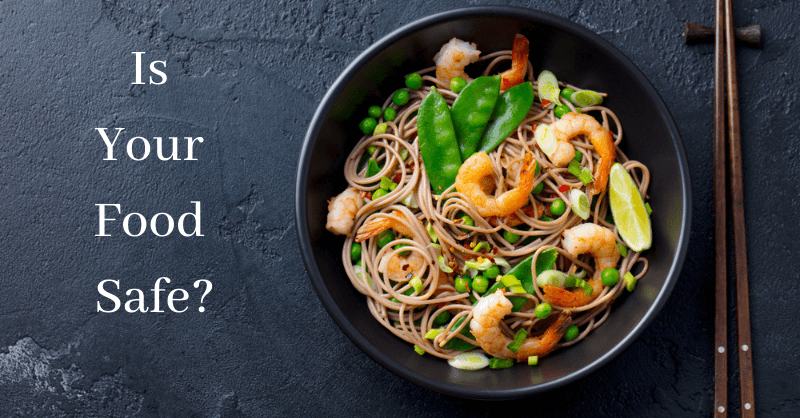There are 4 kinds of food hazards that you need to consider in HACCP.
1. Microbiological Hazards
Microbiological hazards are pathogens or germs like bacteria, yeasts, fungus, and viruses that will cause illness after consumptions.
Chemical hazards are water contamination, food contact materials, cleaning agents, pest control substances, contaminants, pesticides, biocides, and food additives that can be present in foods without inadequate monitoring. These chemicals can be acidic, harmful, or even burn and react with the body badly.
Physical hazards are solid and jagged materials like glass, packaging, jewellery, insects or insect droppings, screws or pins etc.
Allergens are foods that will cause severe reactions to someone with specific food allergies. 2 million people in the UK suffer from food-related allergies. There are risks related to the unintended presence of one or more of the 14 EU listed food allergens.
The 14 allergens are celery, cereals containing gluten like barley and oats. Crustaceans food like prawns, crabs and lobsters, eggs, fish, lupin, and milk. These 14 also includes molluscs like mussels and oysters. Furthermore, mustard, peanuts, sesame, soybeans, sulphur dioxide and sulphites if they are at a concentration of more than ten parts per million. Finally, tree nuts like almonds, hazelnuts, walnuts, brazil nuts, cashews, pecans, pistachios, and macadamia nuts.
Key Definitions to Understand HACCP
Here are some of the key terms you may come across while understanding HACCP principles and making a HACCP plan for your food business.


![]() 22 minutes
22 minutes